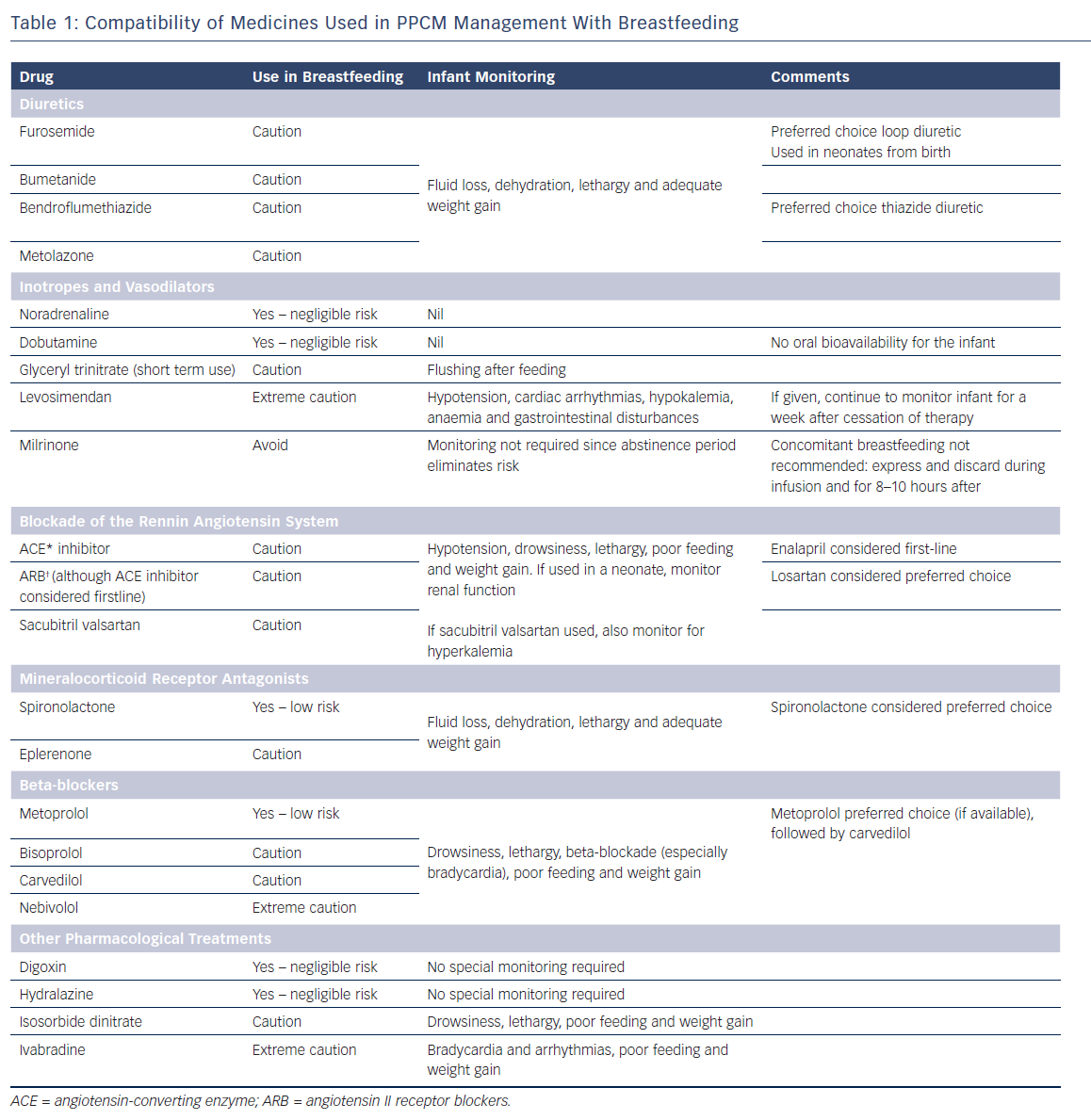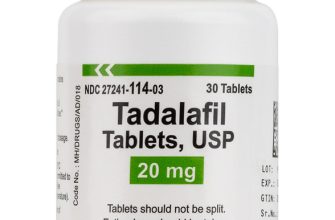Lasix, or furosemide, is a diuretic medication that can be used to manage fluid retention. For breastfeeding mothers, this medication requires careful consideration. It is recommended to discuss any use of Lasix with a healthcare provider, primarily to assess the potential effects on milk supply and the infant’s health.
Studies indicate that furosemide does pass into breast milk, but at relatively low levels. Most sources suggest that occasional use is unlikely to pose significant risks when nursing. However, monitoring the infant for any adverse reactions is advisable, especially during the first few weeks after initiation.
If a mother requires Lasix for a legitimate medical reason, maintaining adequate hydration and possibly adjusting feeding schedules may help safeguard milk production. Consulting with both a doctor and a lactation consultant can provide tailored recommendations that ensure both maternal health and breastfeeding success.
- Lasix in Breastfeeding Mothers
- Recommendations for Use
- Alternatives and Monitoring
- Understanding Lasix: Uses and Mechanism of Action
- Safety Profile of Lasix During Breastfeeding
- Pharmacokinetics in Breastfeeding
- Considerations for Nursing Mothers
- Effects of Lasix on Breast Milk Production
- Monitoring Infants When Mothers Take Lasix
- Weight Monitoring
- Hydration and Diuresis
- Consultation and Alternatives for Breastfeeding Mothers
Lasix in Breastfeeding Mothers
Breastfeeding mothers should exercise caution when using Lasix (furosemide). It is classified as a category C medication, which means that its effects during lactation are not fully established. Although limited studies indicate that small amounts of Lasix may pass into breast milk, the potential impact on the infant is unclear.
Recommendations for Use
Consult with a healthcare provider before taking Lasix while breastfeeding. Monitor the baby for any signs of dehydration or electrolyte imbalances, which may result from maternal use of this diuretic. If Lasix is necessary for treatment, keep doses as low and infrequent as possible to minimize exposure through breast milk.
Alternatives and Monitoring
Consider discussing alternative medications with your doctor that pose less risk to breastfeeding infants. If Lasix is prescribed, maintain regular follow-up appointments to assess both maternal health and infant reactions. Staying informed and closely observing any changes will help ensure the safety of both mother and child.
Understanding Lasix: Uses and Mechanism of Action
Lasix, known generically as furosemide, acts as a powerful diuretic. It primarily treats conditions like heart failure, kidney disorders, and hypertension by alleviating fluid overload in the body. Administering Lasix can significantly reduce swelling and blood pressure, making it a common choice for patients experiencing edema or chronic kidney disease.
The mechanism of action for Lasix involves inhibiting the sodium-potassium-chloride co-transporter in the loop of Henle within the kidneys. This inhibition leads to increased excretion of sodium, chloride, and water. As a result, the urine output rises, helping to eliminate excess fluid from the body. Such action not only aids in weight loss related to fluid retention but also enhances kidney function by reducing the workload on this vital organ.
Clinicians often prescribe Lasix in high doses for acute conditions, with gradual adjustments for long-term management. Monitoring electrolyte levels is key during treatment, as the diuretic effect may cause imbalances that require correction.
For breastfeeding mothers, caution is advised. While some studies suggest minimal transfer into breast milk, it remains prudent to consult with a healthcare provider to weigh benefits against potential risks for the nursing infant.
In conclusion, Lasix serves multiple therapeutic purposes, underlining its role as a cornerstone in managing fluid retention and hypertension. Understanding its use and mechanism facilitates better treatment outcomes for patients across various health challenges.
Safety Profile of Lasix During Breastfeeding
Lasix, or furosemide, is generally considered safe for use by breastfeeding mothers. Studies indicate low levels of the medication in breast milk, which minimizes potential exposure to breastfeeding infants. The American Academy of Pediatrics classifies Lasix as a medication that poses acceptable risks during lactation.
Pharmacokinetics in Breastfeeding
After administration, Lasix quickly enters circulation but does not accumulate significantly in breast milk. Key points include:
- Peak milk concentrations occur approximately 1-2 hours post-dose.
- Levels in breast milk are about 0.5-2% of maternal plasma concentrations.
- Infants generally receive a minimal dose through breastfeeding.
Considerations for Nursing Mothers
While Lasix is likely safe, some factors merit attention:
- Monitor the infant for dehydration, as Lasix can impact fluid balance.
- Consult with a healthcare provider if the mother experiences side effects that could affect breastfeeding.
- Assess the necessity of Lasix based on individual health needs and any underlying conditions.
In conclusion, Lasix can be safely administered to breastfeeding mothers with appropriate monitoring and consultation with a healthcare professional. This ensures both maternal health and infant safety.
Effects of Lasix on Breast Milk Production
The use of Lasix (furosemide) in breastfeeding mothers can impact breast milk production. Research indicates that Lasix may lead to decreased milk volume due to its diuretic properties, causing fluid loss. However, the extent of this effect varies among individuals.
To maintain milk production while using Lasix, consider the following recommendations:
- Stay Hydrated: Increase fluid intake to compensate for potential fluid loss caused by Lasix.
- Monitor Milk Supply: Keep track of any changes in milk volume and feeding patterns. If you notice a decrease, consult a healthcare provider.
- Feed Frequently: More frequent breastfeeding or pumping can stimulate production, counteracting any decrease from medication.
- Consult a Specialist: Speak with a lactation consultant for personalized strategies to support milk supply while on Lasix.
Some studies suggest that furosemide passes into breast milk in small amounts, but no adverse effects have been reported in breastfeeding infants. Nevertheless, always discuss medication use with a healthcare provider to ensure safety for both mother and child.
In summary, while Lasix may influence milk production, proactive measures can help sustain breastfeeding success. Regular communication with your healthcare provider and staying attuned to your body’s signals will enhance your experience while using this medication.
Monitoring Infants When Mothers Take Lasix
Caring for infants while their breastfeeding mothers are prescribed Lasix (furosemide) requires specific attention. Regular monitoring of the infant’s weight, hydration status, and overall health ensures prompt detection of any potential side effects from the medication.
Weight Monitoring
Track the infant’s weight weekly, as any rapid changes could indicate fluid imbalance due to the mother’s diuretic use. Healthy weight gain is a key sign of adequate nutrition and hydration. If the infant shows signs of significant weight loss or stagnation, consult a pediatrician.
Hydration and Diuresis
Watch for signs of dehydration in the infant, such as decreased urine output, dry mouth, or lethargy. The mother’s use of Lasix can lead to diuresis, impacting the milk’s composition. Frequent feeding may help counteract potential effects. If any unusual symptoms arise, professional guidance is essential.
Keep a close eye on feeding patterns and ensure the infant is latching well. If concerns about milk supply occur, contact a lactation consultant for tailored advice. Open communication with healthcare providers greatly aids in managing both maternal medication regimens and infant health.
Consultation and Alternatives for Breastfeeding Mothers
Consult with a healthcare professional before taking Lasix while breastfeeding. They can evaluate the necessity of the medication, considering the potential effects on milk production and the infant’s exposure.
Explore alternative treatments for fluid retention or hypertension that may pose less risk during breastfeeding. Diuretics such as spironolactone may be considered as they tend to have a better safety profile.
In cases of mild fluid retention, lifestyle modifications can be beneficial. Increasing physical activity, adjusting salt intake, and staying hydrated often help alleviate symptoms without medication.
If Lasix is deemed necessary, discuss monitoring strategies with your doctor, including regular check-ups for both you and your baby. Assess how the medication affects milk supply and consider implementing breastfeeding techniques to maintain a healthy milk flow.
Always prioritize your baby’s well-being by seeking out solutions tailored to your specific health needs and breastfeeding goals. Open communication with your healthcare provider ensures informed choices and better outcomes for both you and your child.








